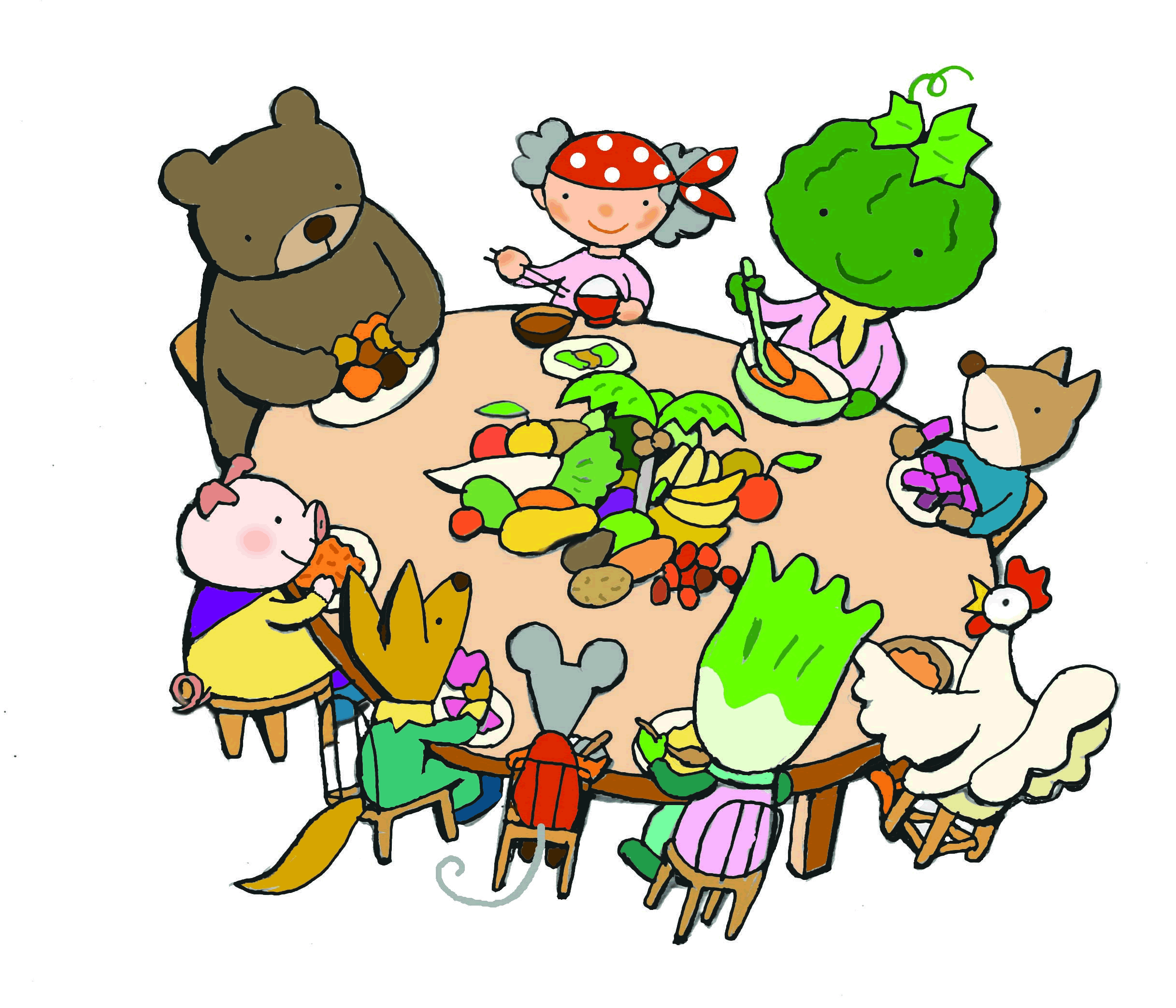The soaring cost of vegetables is not about to end. I recently saw cabbage in the supermarket that was cut in quarters sold for 170 Yen, which is an unusually high price. Even at the Agricultural Co-operative store, where vegetables are sold directly to customers, most of the vegetables were small and off-colour. I could feel they had put a lot of effort into harvesting, but even there, the prices were higher than usual.
Turning on the TV, there was an interview with a seller at a bargain grocery shop, who said prices won’t come down soon. It is assumed that the reason is unusually bad weather, but I do not subscribe to that opinion. Instead, it seems there is something unbalanced in the structural model of demand and supply.
Regarding the so-called supply side, there is a decline in productivity. Farmers have already depended on foreign labour for quite some time. But industries like construction and the service sector are also increasingly hiring foreign labourers, thus squeezing the agricultural sector even further. As a consequence, the model of mass production, mass selling, and mass consumption has begun to malfunction.
Furthermore, the rapidly aging of farmers and agricultural workers means fewer people are involved in production. This has an immediate effect on markets, grocery stores and local restaurants that relies on local supply. In addition, there has been a sharp increase in the number of vacant houses in rural villages, showing how serious things have become. The entire production system might be close to collapse.
How about the demand side? Recently, the supermarket shelves with ready-cut vegetables have become a big thing. People seem to prefer not to spend time or effort preparing and cooking food. Are we getting to the point where robots will enter Japan’s food factories and do the work for us? So, what can be done? I think this is a problem the consumer movement will need to consider from now on.
By Ono Kazuoki, CUJ
January 16, 2018

